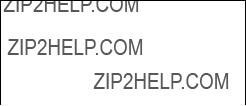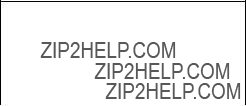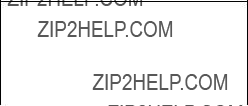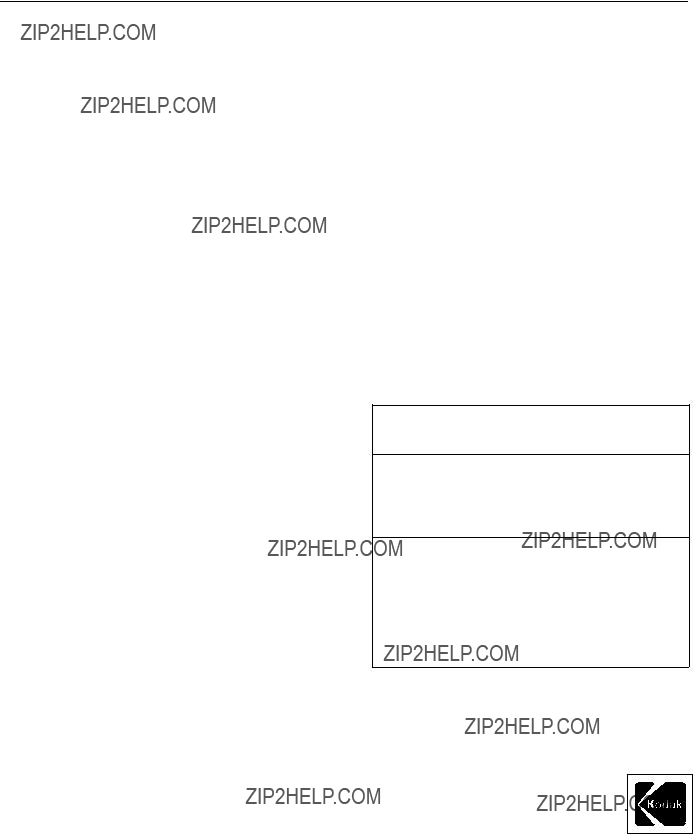
CURRENT INFORMATION SUMMARY
March 2000 ???
Printer Conversion to
KODAK EKTACOLOR Edge 8 and EKTACOLOR ROYAL VIII Papers
KODAK EKTACOLOR Edge 8 and ROYAL VIII Papers incorporate new
WHY DOES THIS HAPPEN?
Densitometers fall into two classes: (1) for analytical use and
(2) for comparative use.
Analytical densitometers conform to an ANSI standard called ???Status A.??? Status A densitometers correlate colors similarly to the human eye through a wide color and density range. These densitometers will give similar readings for KODAK EKTACOLOR Edge 7/ROYAL VII and EKTACOLOR Edge 8/ROYAL VIII Papers if the prints appear visually matched.
Comparative densitometers are designed to match prints to a specific density. They are not intended for use over a wide range of densities and colors, and they do not see colors as the human eye does. These densitometers are often used in printing systems as a part of a minilab or a
WHAT DOES THIS MEAN FOR LABS?
New EKTACOLOR Edge 8 and ROYAL VIII Papers provide many performance advantages. But when they are used with densitometers that do not conform to Status A specifications, results may vary. Labs that use these
in densitometer performance when setting up their printers for the new papers.
When you are ready to convert to KODAK EKTACOLOR Edge 8 or ROYAL VIII Paper, follow the procedure below to determine how your densitometer performs. Once you???ve determined the densitometer performance, choose the appropriate compensation procedure (if one is necessary).
To Determine If Compensation Is Required
1.Print your ???Normal??? Printer Control Negative on EKTACOLOR Edge 7 or ROYAL VII Paper at the aim density.
2.With EKTACOLOR Edge 8 or ROYAL VIII Paper, balance to match the density readings from Step 1.
3.Compare the two prints. If the prints match visually, follow normal printer paper conversion procedures (see your printer manual). If the print from Step 2 appears cyan, the densitometer is reading EKTACOLOR Edge 8 or ROYAL VIII Paper differently. You will need to follow one of the compensation procedures below.
Note: Compensation procedures have not been prepared for equipment that produces matched prints in Step 3 of the procedure above. If your printer is not included in the list below, follow your equipment manufacturer???s paper setup instructions.
COMPENSATION PROCEDURES
If you have one of the printers in the following list, choose the appropriate procedure:
Compensation Procedure for NORITSU 1401/1501 Printers
Compensation Procedure for NORITSU 1801 Micro Printer
Compensation Procedure for NORITSU 1701/1702 Printers (without NOUS Scanner)
Compensation Procedure for NORITSU 901, 1001, 1201, and 1202 Printers
Compensation Procedure for COPAL Minilab, Models 1B, 1C, 5C, 5C II, 5L, 5S
Compensation Procedure for AGFA MSP Printers Compensation Procedure for AGFA MSC Printers Compensation Procedure for GRETAG Masterlab Compensation Procedure for GRETAG Masterflex
??Eastman Kodak Company, 2000




